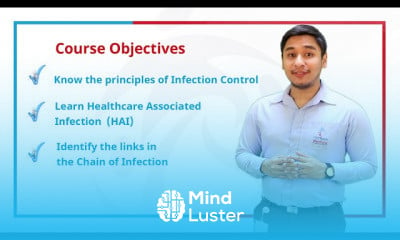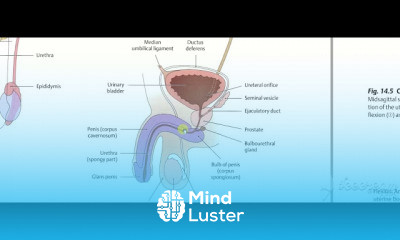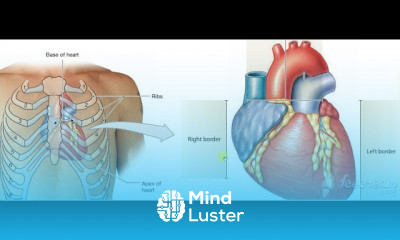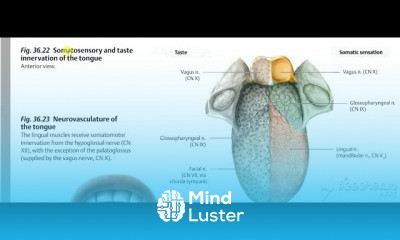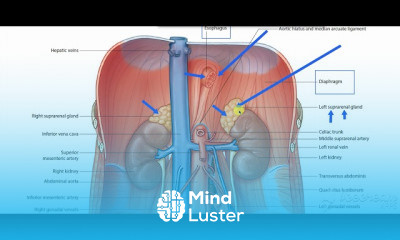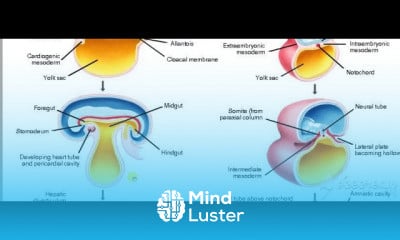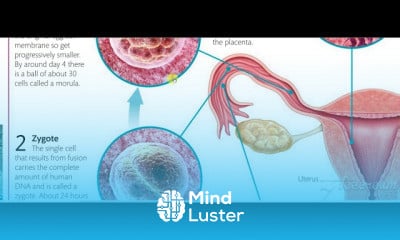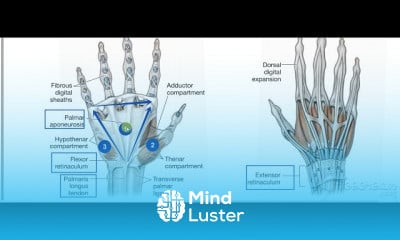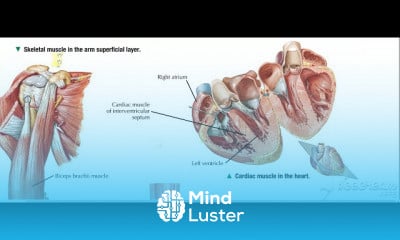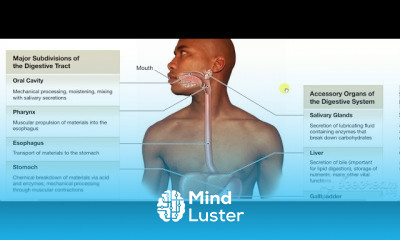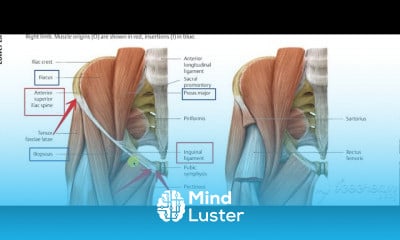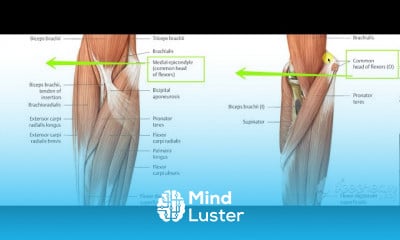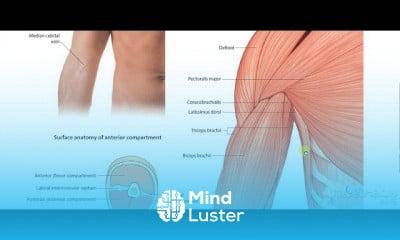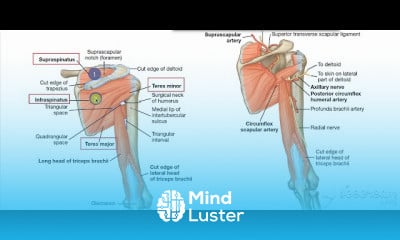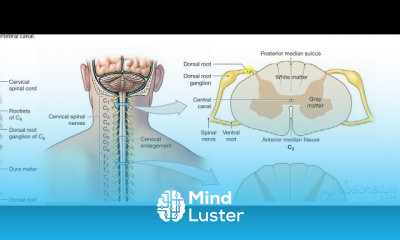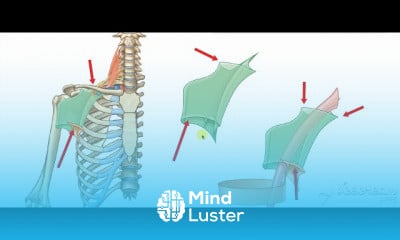Hand muscles 2
Share your inquiries now with community members
Click Here
Sign up Now
Lessons List | 5
Lesson
Comments
Related Courses in Medical
Course Description
A hand is a prehensile, multi-fingered appendage located at the end of the forearm or forelimb of primates such as humans, chimpanzees, monkeys, and lemurs. A few other vertebrates such as the koala (which has two opposable thumbs on each "hand" and fingerprints extremely similar to human fingerprints) are often described as having "hands" instead of paws on their front limbs. The raccoon is usually described as having "hands" though opposable thumbs are lacking.[1]
Some evolutionary anatomists use the term hand to refer to the appendage of digits on the forelimb more generally — for example, in the context of whether the three digits of the bird hand involved the same homologous loss of two digits as in the dinosaur hand.[2]
The human hand usually has five digits: four fingers plus one thumb;[3][4] these are often referred to collectively as five fingers, however, whereby the thumb is included as one of the fingers.[3][5][6] It has 27 bones, not including the sesamoid bone, the number of which varies among people,[7] 14 of which are the phalanges (proximal, intermediate and distal) of the fingers and thumb. The metacarpal bones connect the fingers and the carpal bones of the wrist. Each human hand has five metacarpals[8] and eight carpal bones.
Fingers contain some of the densest areas of nerve endings in the body, and are the richest source of tactile feedback. They also have the greatest positioning capability of the body; thus, the sense of touch is intimately associated with hands. Like other paired organs (eyes, feet, legs) each hand is dominantly controlled by the opposing brain hemisphere, so that handedness—the preferred hand choice for single-handed activities such as writing with a pencil, reflects individual brain functioning.
Among humans, the hands play an important function in body language and sign language. Likewise, the ten digits of two hands and the twelve phalanges of four fingers (touchable by the thumb) have given rise to number systems and calculation techniques.
Trends
French
Data Science and Data Preparation
Formation efficace à l écoute de l
Graphic design tools for beginners
Artificial intelligence essentials
Learning English Speaking
Essential english phrasal verbs
MS Excel
Electrical engineering for engineer
Build a profitable trading
American english speaking practice
Build a tic tac Toe app in Xcode
Design and Analysis of algorithms DAA
Python for beginners
YouTube channel setup
Marketing basics for beginners
Figma for UX UI design
Web Design for Beginners
Computer science careers
Magento Formation Français
Recent
Data Science and Data Preparation
Growing ginger at home
Gardening basics
Ancient watering techniques
Grow mushrooms
Growing onions
Veggie growing
Bean growing at home
Growing radishes
Tomato growing at home
Shallot growing
Growing kale in plastic bottles
Recycling plastic barrel
Recycling plastic bottles
Grow portulaca grandiflora flower
Growing vegetables
Growing lemon tree
Eggplant eggplants at home
zucchini farming
watermelon farming in pallets



